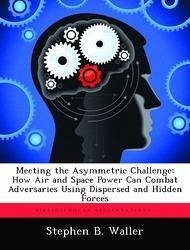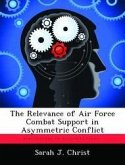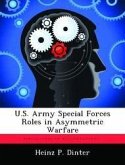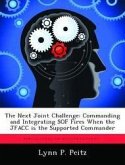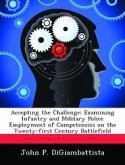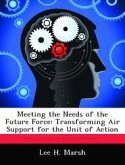This study addresses how air and space power can best combat adversaries using dispersed and hidden forces (i.e. insurgents, guerrillas, and terrorists). Through research of past air and space efforts to combat these forces; the strategy, organization, and support of representative groups (i.e. Vietnamese communists, Hamas, Iraqi insurgents, and al Qaeda), and a model for strategy against these groups, air and space power demonstrates significant relevance. Air and space power relevance is important, as it can support and enable the success of US operations against adversaries in the foreseeable future. As adversaries continue to counter Amen can conventional superiority, US leaders and commanders must pursue proper employment of air and space power to answer these challenges effectively. Air and space power via special operations, air attack, airlift, ISR, and information operations hold congruent links to combating these adversaries and provide capabilities to overcome incongruence when innovatively employed with agility and flexibility. This thesis provides a past, present, and near future assessment of how these air and space functions can combat enemies using dispersed and hidden forces.
Hinweis: Dieser Artikel kann nur an eine deutsche Lieferadresse ausgeliefert werden.
Hinweis: Dieser Artikel kann nur an eine deutsche Lieferadresse ausgeliefert werden.

